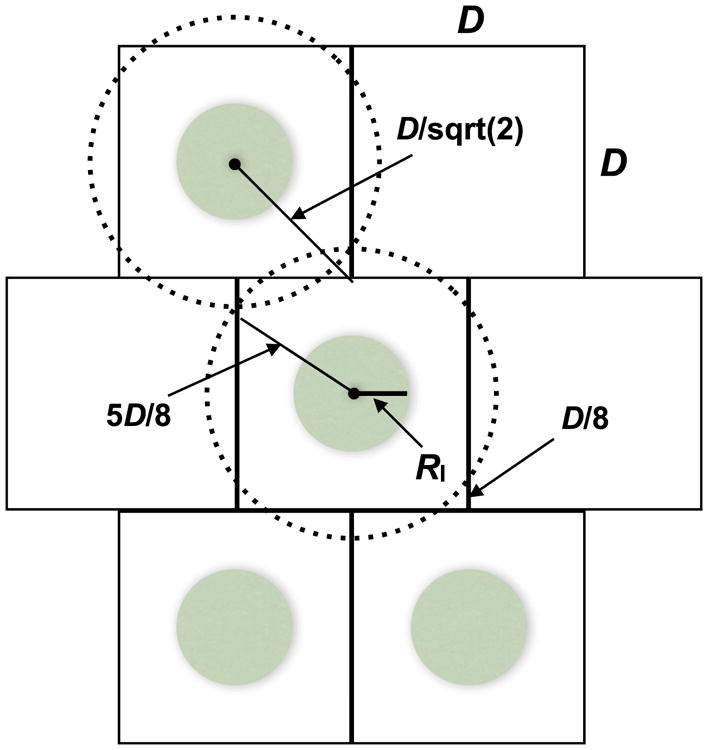Fig. 5.

Critical radius, Rcrit, assuming complete CI and alternative dynamics. The upper points reproduce the diffusion results from Barton and Turelli (2011) with cubic (red curve) and Schraiber et al. (2012) CI dynamics (assuming only viability fitness costs). The red curve shows the cubic-diffusion predictions with initial infection frequency p0 = 0.8, the large blue dots are the cubic with p0 = 0.6. The small red (blue) dots are produced by the diffusion analysis of Schraiber et al. (2012) CI dynamics with p0 = 0.8 (p0 = 0.6). The lower points and curves show our DTDS predictions as a function of p̂ and p0 with alternative dispersal models. The lower lines correspond to p0 = 0.8 with Gaussian (green), Laplace (blue) and ExpSqrt (black) dispersal. The points above and below these lines correspond to p0 = 0.6 and p0 = 1, respectively.
